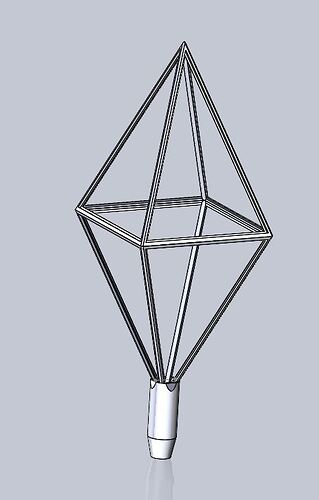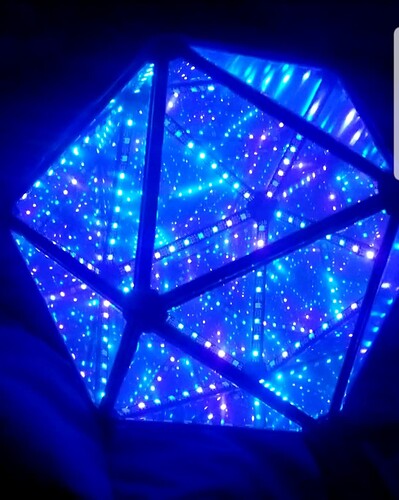I made an mirrored infinity icosahedron for an electronic music festival last year made up of a combination of mirrored acrylic panels, 3d printed structure, and WS2812b LEDs. When I made it, I didn’t fully understand mapping so I did not wire it up with that in mind and the pixel data directions is not as one continuous string and from what I have read this could pose a problem for mapping.
I am working on another Infinity mirror Diamond Polyhedron and I plan on actually figuring out how to apply the mapping to it to so I want to ensure I wire it correctly. Is it best to wire the data path as one continuous string for the whole shape?
And are there any more resources for understanding mapping? I have been playing around in the mapper but I do not understand how to create a 3d shape. I understand generating a 2D shape based on an array but am falling short when it comes to 3D.
I have zero Javascript knowledge so all the other forum posts about coding and mapping are going way over my head. Is it possible to use a Json array for this shape or does a custom code need to be written?

